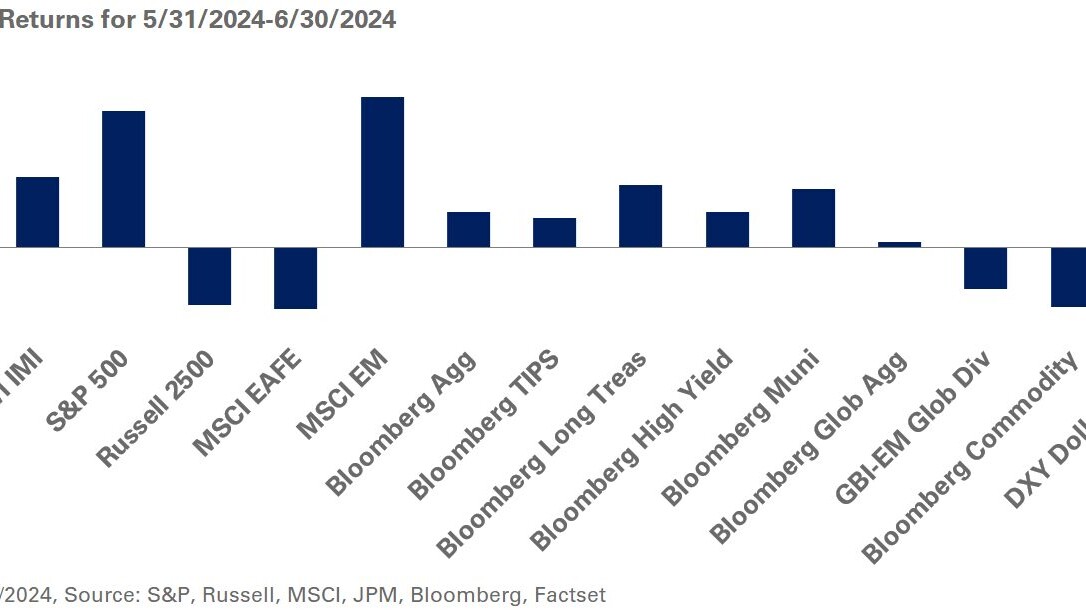Rising Treasury rates combined with strong equity performance led to higher funded ratios for many U.S. corporate pension plans in the first quarter. Equities rallied in the three months ended March 31 and return-seeking assets contributed to a material improvement in funded ratios. Those gains were complemented by decreases in liabilities driven by increasing Treasury yields. Global equities were also up in the first quarter. Estimated discount rates for pension liabilities, based on long-duration fixed-income yields, rose approximately 24 basis points. We estimate the funded status of our total-return plan was up 6.5%, while our LDI-focused plan experienced a funded status increase of 3.4% in the first quarter.
Rate Movement Commentary
Short- and long-term interest rates increased for the three months ended March 31. The 30-year Treasury yield increased 31 basis points in the first quarter to 4.34%. In opposition to the increase in yields, there was an eight-basis point decline in long-credit spreads. During this period, higher Treasury yields resulted in an increase in pension discount rates, with the discount rate for the open total return plan rising 23 basis points to 5.28% and the discount rate for the frozen LDI focused plan increasing 24 basis points to 5.22% as of March 31.
Plan Sponsor Considerations
Equity markets were generally positive in the first quarter. Investment-grade fixed-income markets experienced losses across intermediate- and longer-dated maturities as yields moved higher. Performance for growth-oriented fixed-income assets was positive as contracting credit spreads and higher starting yields offset losses from higher Treasury rates. Total-return plans may want to consider the impact of rate declines on plan liabilities and the role of LDI in light of the current rate environment. For certain plan sponsors, lower rates may increase liabilities and reduce funded status, which could lead to higher required contributions and PBGC variable-rate premiums. NEPC consultants are available to discuss the impact and cost of various pension finance and derisking strategies.
Market Environment and Yield Curve Movement
U.S. equities gained 10.6% in the first quarter. Non-U.S. developed market stocks underperformed the U.S. as the MSCI EAFE increased 5.8% during the quarter; the MSCI Emerging Market Index rose 2.4% during the same period.
Treasury yields increased and the yield curve remained inverted. The 30-year Treasury yield increased 31-basis points for the quarter, resulting in losses of 3.3% for the Bloomberg Long Treasury Index. During the same period, the Bloomberg Long Credit Index decreased 1.6%.



